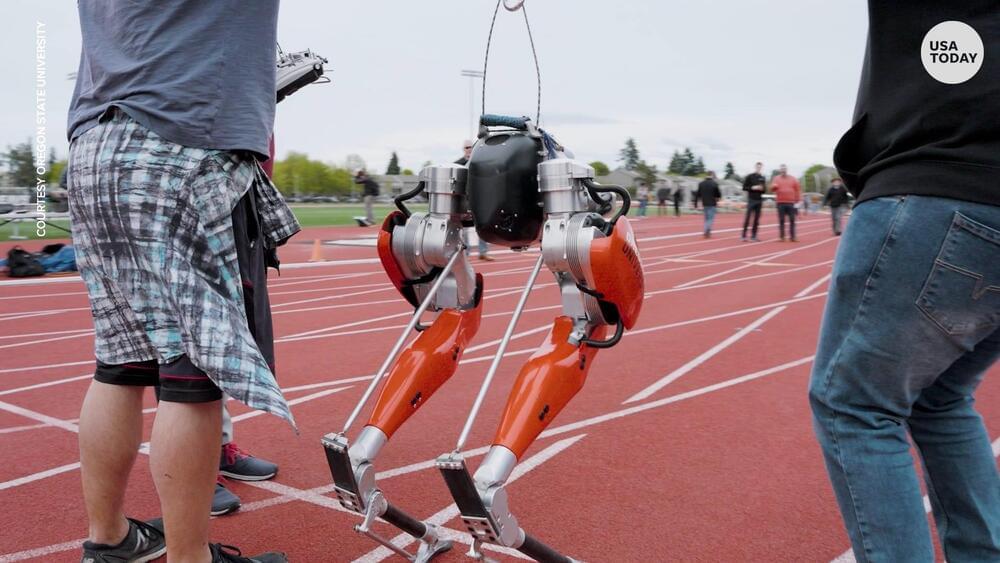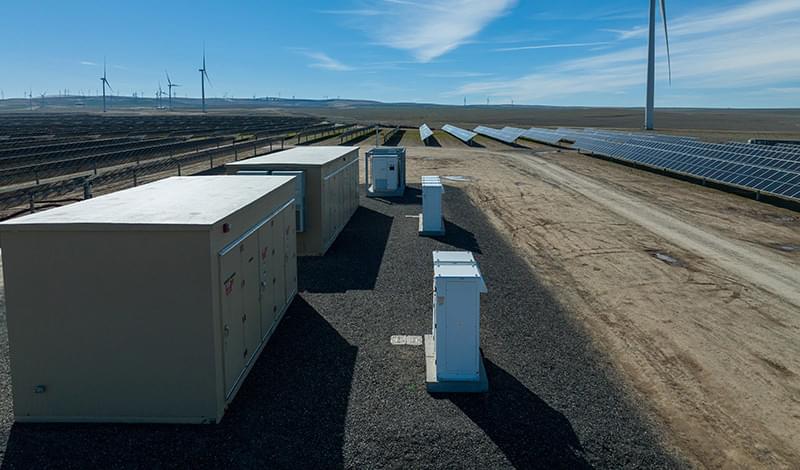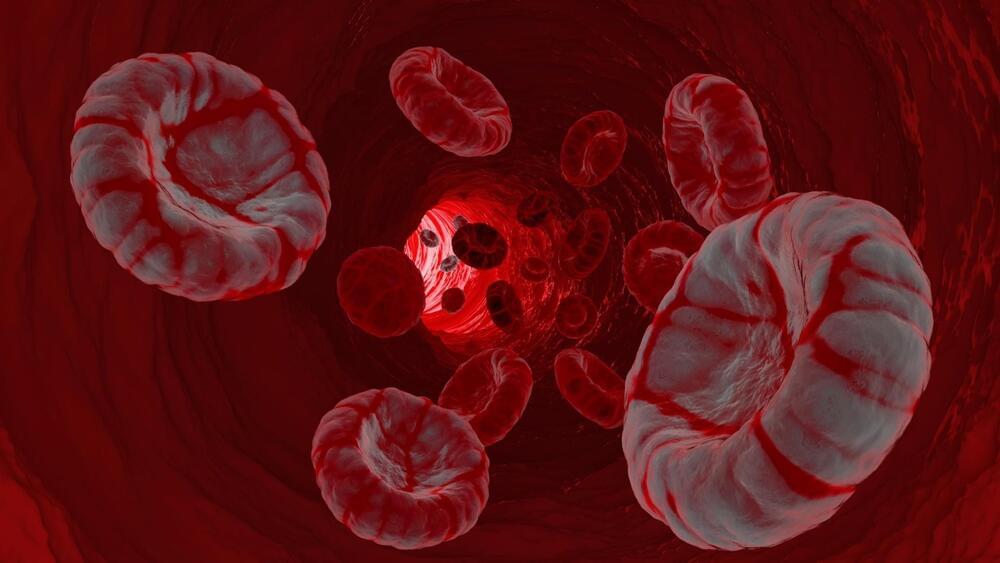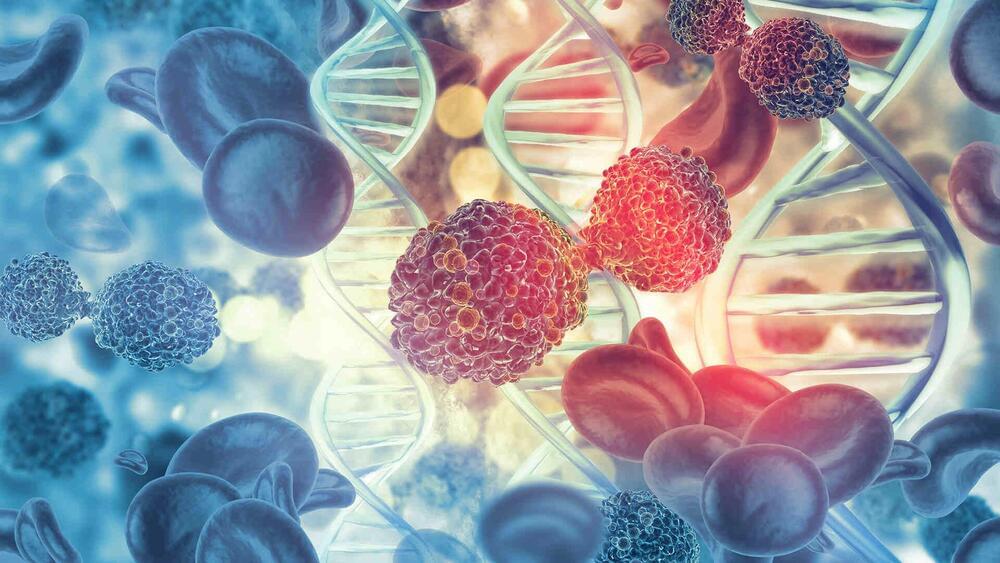Cassie, developed at Oregon State University, now has a place in the “Guinness Book of World Records” for the fastest 100 meters by a bipedal robot.
Biologist Roni Hochman Sussman explains how aquaculture could become the most sustainable and efficient way of feeding the globe’s rapidly increasing population.
This article was originally published at The Conversation. The publication contributed the article to Space.com’s Expert Voices: Op-Ed & Insights. Have you ever made a mistake…
Our universe is a ridiculous place. It’s where all the silliest things we’re aware of happen. And chief among the silliness is the wacky idea of…
There was more to this launch than met the eye.
Earth’s first-ever artificial satellite Sputnik launched on October 4, 1957. In that moment, which occurred sixty-five years ago, the Cold War between the United States and the Soviet Union transformed into a race to dominate not only Earth but also space.
But there was more to the launch than met the eye — behind the development of satellites to orbit Earth was a more nefarious purpose.
“The other aspect of it was, of course, the race to develop the first intercontinental ballistic missile. The U.S. was working on the Atlas missile, and the Russians were working on the RS-7,” says Jonathan McDowell, an astronomer and astrophysicist at the Harvard–Smithsonian Center for Astrophysics.
Portland General Electric (PGE), a public utility, has partnered with NextEra Energy Resources to create a 350 megawatt (MW) clean energy project that combines wind, solar, and battery storage. Wheatridge Renewable Energy Facility, located at the northern edge of Oregon, has the capacity to serve 100,000 homes.
Although great progress is being made with scaling up renewables, intermittency remains a significant issue – since wind does not always blow, and the Sun does not always shine. Falling costs and improvements in technology mean that batteries are increasingly a realistic option for utilities, but we are still a long way from such systems being able to fully handle the demands of national electrical grids.
The newly operational Wheatfield facility is among the most notable advances in battery storage to date in the U.S. It consists of 120 turbines (a mix of 2.3 MW and 2.5 MW machines) generating 300 MW, alongside a 50 MW photovoltaic solar array, for a total of 350 MW. An accompanying battery storage facility is charged using power from the grid and provides 30 MW of continuous power for four hours, i.e. 120 megawatt-hours (MWh). When combined, this is enough to supply nearly 60% of the power generated by the Boardman Coal Plant, which became the last coal-fired plant in Oregon before its demolition a few weeks ago.
Understanding how metastasis works.
In the universal fight against cancer, metastasis is one of the most unpleasant factors that could make matters even worse; and there is still much to comprehend in the spread process. Cambridge scientists might have unveiled a breakthrough in understanding how metastasis works.
The research has been published in the journal Nature Genetics.
Chawalit Banpot/iStock.
A team of scientists at the Cancer Research UK Cambridge Institute and the University of Cambridge has discovered that blocking a particular protein’s activity kicked off metastasis in mice with cancer.
The researchers brilliantly demonstrated, for the very first time, how to chemically transform an abundant, plant-based starting material into EBC-46.
In what can be called a major scientific breakthrough, Stanford researchers have discovered a “rapid and sustainable” way to synthetically produce a promising cancer-fighting compound, designated EBC-46, right in the lab, according to a press release published by the institution.
This was “something many people had considered impossible,” as the compound’s only currently known source is a single plant species that grows solely in a small rainforest region of Northeastern Australia.
Researchers discovered SuperAgers have larger and healthier neurons that allow them to stay mentally sharp.
SuperAgers have super-neurons to thank for their incredible memories as they age, according to a recent study.
Elderly cycling.
What keeps SuperAgers young?
The text was sent to none other than a long-time friend and Tesla CEO, Elon Musk.
Wikimedia Commons.
The Twitter founder, who is a long-time friend of Musk, appears to be quite welcoming of Musk’s decision to buy the company and also texted him on April 5, when he learned that Musk would join the Twitter board, the records put in Delaware Court of Chancery, where a five trial is scheduled to begin on October 17 show.









